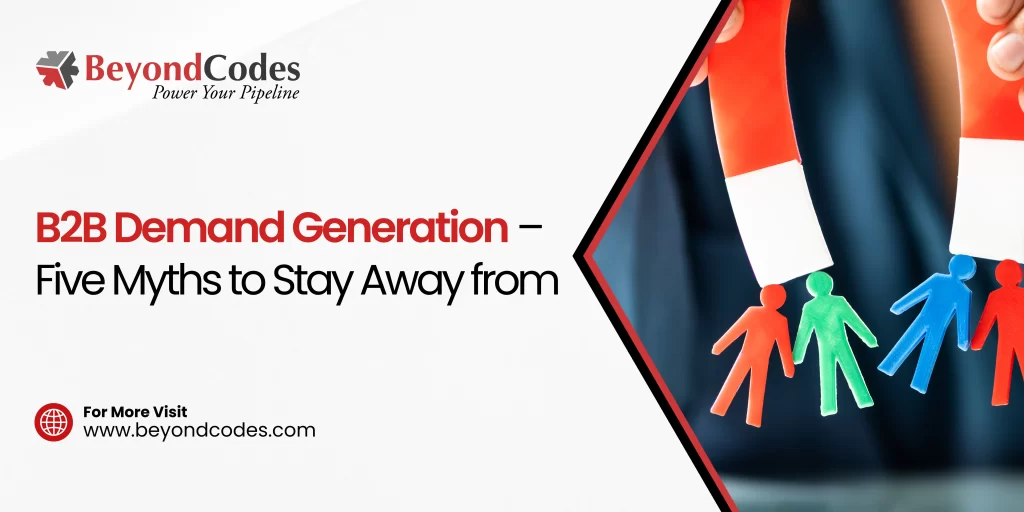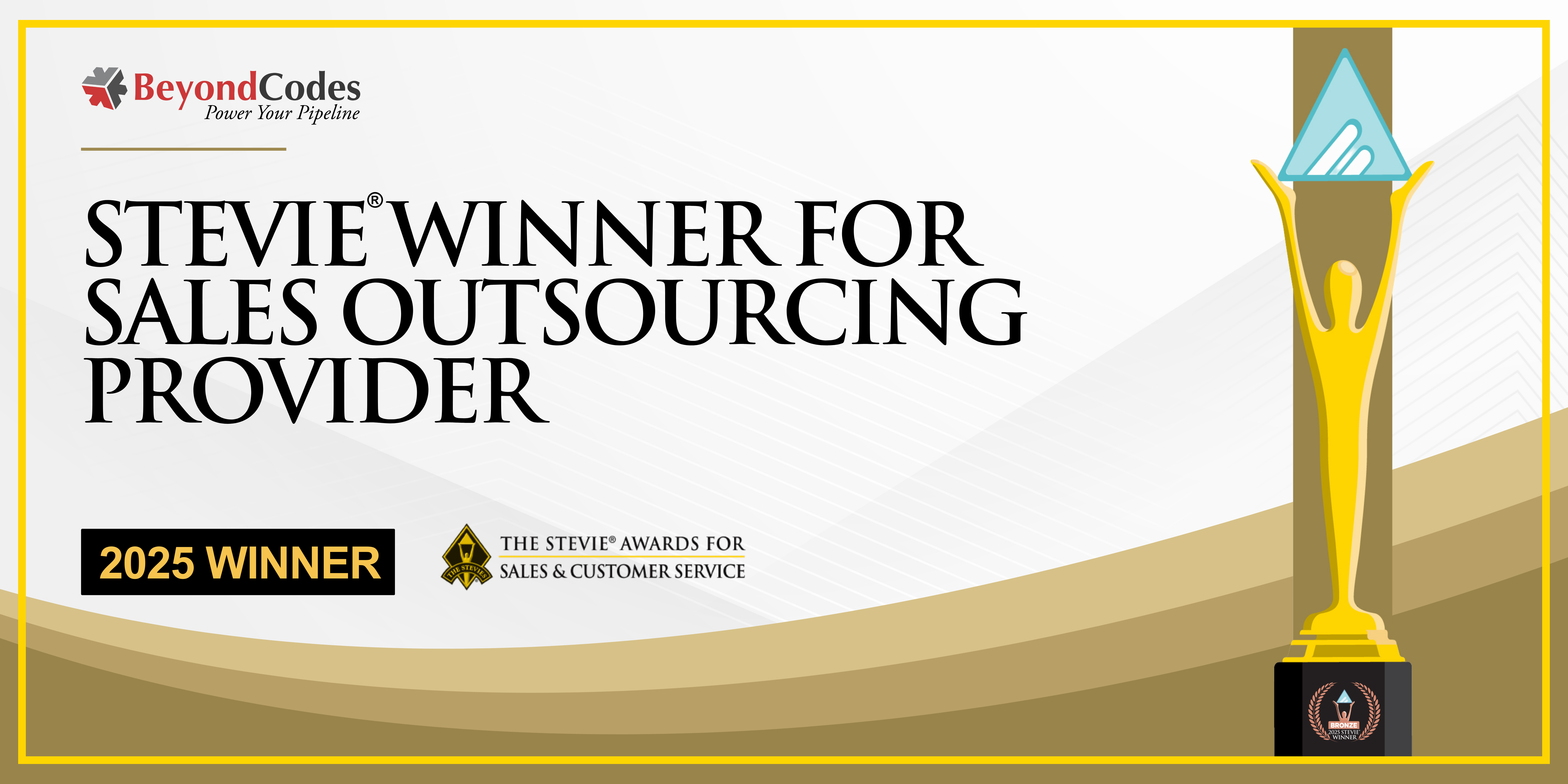Ever reached the right destination with the wrong map in hand. You are bound to get lost, and this is what happens when you execute demand generation campaigns on the foundation of a flawed strategy. Just like in civil construction, if the foundation is weak, the building made on it will be one calamity away from collapsing. The bottom line is with a strategy filled with false assumptions and myths; you will reach nowhere and would always fail to get the results you want to.
Demand generation marketers must work through a lot of myths and assumptions. With marketing trends changing, it is difficult to understand what a myth is and what is a useful tactic. Also, it is a time- consuming process to identify whether the tactics you are leveraging are just a farce or are helpful for demand generation.
Especially as a marketer, time is a valuable resource, and you need to spend it carefully. As a marketer, you need to focus on getting the maximum results in a limited period. Many of the tactics used today are old methods of demand generation, and demand generation marketers need to upgrade their skills to keep up with the changing times. To save your time, we have identified five demand generation myths which can be eliminated to make an effective demand generation strategy.
1. You aren’t dealing with a buyer but buyers-
Most of the time, when demand generation is discussed, the customer is identified as the buyer. It is, in a way positive but can be misleading at times. Though, on a positive side, at least organizations consider the thought process and journey of a person who would be interacting with their content and working across the sales funnel. The problem is you aren’t communicating with a buyer but many of them.
Purchase is made based on inputs from around six to ten buyers or influencers within the company. The size of the buying committee depends on the size of the organization. As an organization, try to change the tone of the conversation about the buyer. Bring some more insights and segment your buyers. Look at the bigger perspective and examine the team that converses with your customers and influences them to buy from you.
2. Demand generation and lead generation are the same-
Many a time marketer confuse demand generation and lead generation to be the same thing. Well, that is perfectly okay as even Google will show up results on lead generation when you are looking for results through specific demand generation keywords.
Well, demand generation is more than lead generation. It is the primary objective of targeting marketing programs to create awareness and interest in contemporary products and their services. Demand generation is more about creating awareness, whereas lead generation is about getting contact information from people who are interested in your products and services.
Campaigns on demand generation are measured based on specific KPI’s on brand awareness, whereas lead generation campaigns are measured based on leads generated. So, primarily since demand generation is about brand awareness, it is okay if there is no CTA with its content that asks contact information from the reader.
3. Demand generation doesn’t need to be targeted-
Most of you might think that since demand generation is about creating brand awareness, it doesn’t need to be specifically targeted. Since it is a branding exercise, the reach matters and nothing much.
Demand generation doesn’t work like that. You will not get any relevant results if you aren’t targeting the right audience. Showing TV ads to people who wish to buy a refrigerator won’t help. You can only add value through your campaigns if you add something of value and showcase relevant messages based on the need of vendors. Today, buyers want a personalized journey. They do not expect content that is irrelevant to them. As a marketer, while designing demand generation campaigns, keep the buyer’s journey in mind.
4. Buyer’s journey can be controlled-
Many marketers understand that a contemporary buyer’s journey occurs before anyone has a conversation with the sales team. As per Forrester and Gartner, more than 75% of the buying process will occur without any human contact. Today, consumers drive the whole buyer’s journey. Still, as marketers, we are focused on controlling the buyer’s journey constructing and de-constructing sales funnels. There is an assumption that though the customer can do their research. Once they get in touch with a sales or marketing professional, they can navigate them through the buyer’s journey.
This is where most of them would go wrong because buyers are free to do anything online. They can browse through your content or tune out of it without any valid reason. They can visit online groups, forums, e-commerce websites read through reviews from customers who didn’t have the best experience using your product and services. In the digital era, almost everything is transparent today. You cannot control your buyer’s behavior anymore as they have access to a vast amount of data online. So, what you say doesn’t form their perspective; what they decide to see and read is what shapes their perception.
What you can do is prepare yourself to handle every situation. You can create content for every stage and leveraging your CRM. You can meet your prospects with valuable content anytime they want to check your products and services.
5. Textual content still drives engagement-
We cannot control what buyers do online, but we surely can know their tastes and preferences on the types of content they consume. There is a lot of content available for B2B buyers online, and they are mostly cluttered. Most users would browse through them as they are primarily in the form of text.
So, how does a marketer engage with the readers? By creating content in formats, the consumer wants to consume. This is the very reason why marketers are invested in making more videos and podcasts. As per a recent survey, more than 60% b2b buyers said they like podcasts on the top of the funnel whereas more than 45% of them said webinars are quite useful at the mid-stage of the buyer’s journey.
The bottom line is content that changes itself as per the needs and preferences of the customer creates an impact. Understanding the likes and dislikes of the customer is the key here.
Marketing is an exciting playground. What may work for an organization may not work for someone else. What seems like a lie to you could be the ultimate truth for someone else. It is all a trial and error methodology. You need to try and test every tactic under the roof to understand what works for you and what doesn’t. Sometimes tactics you believe would work fall flat and things you think would give minimal results give you the best results. That is how marketing works, test your assumptions, leverage your time and make the best use of your resources to draft an effective demand generation strategy.







